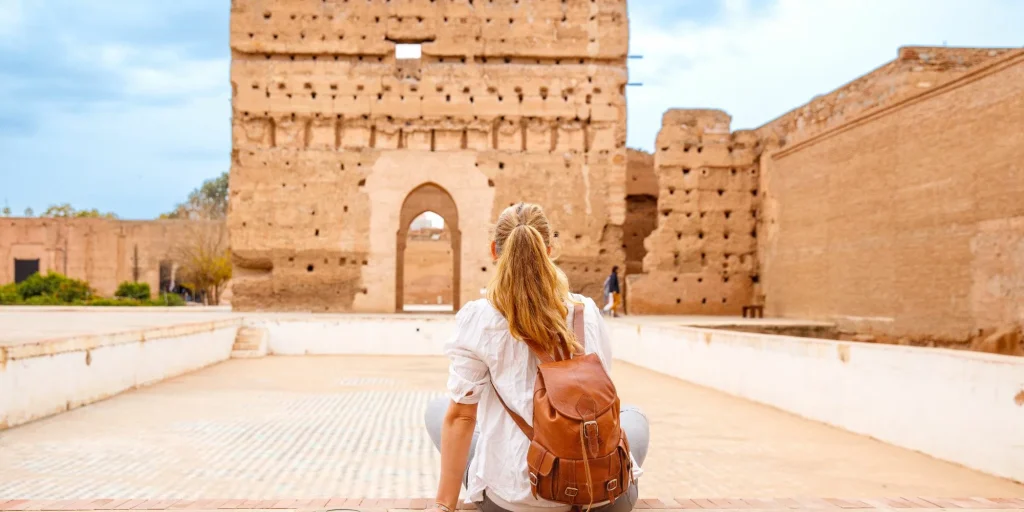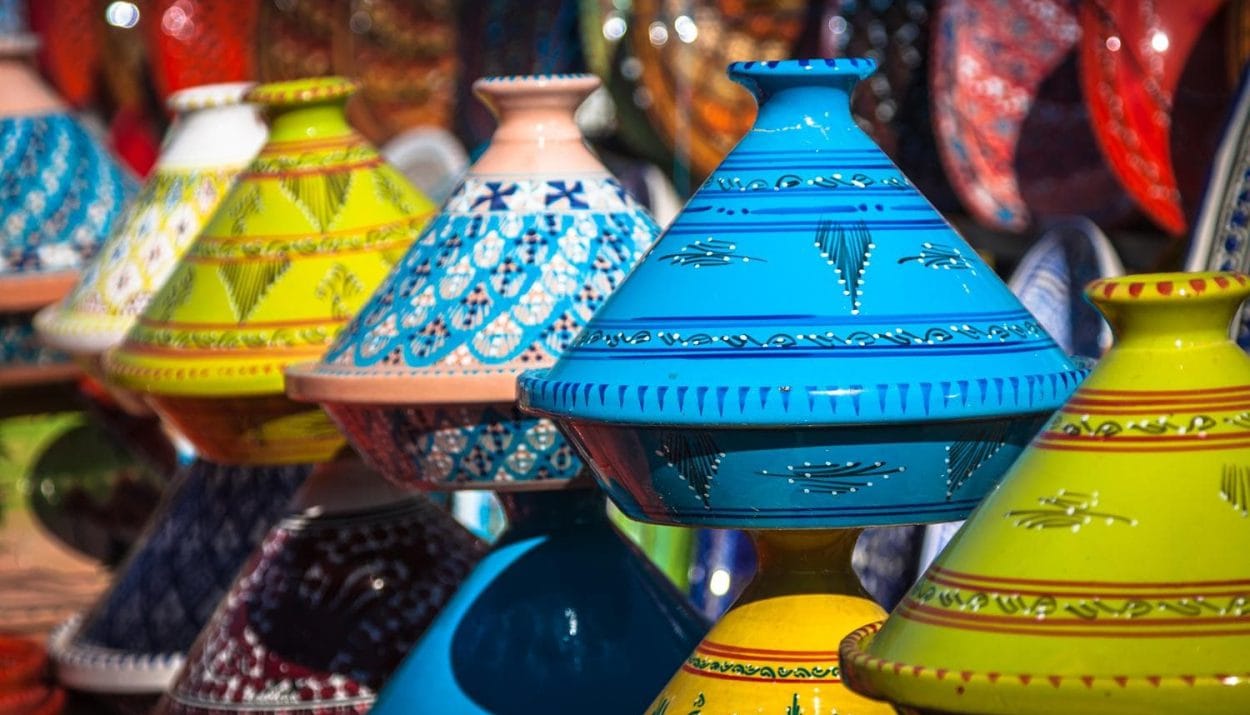Tourism and craftsmanship in Morocco are in an excellent dynamic and strengthen their role as economic and cultural drivers.
The tourism sector is experiencing sustained development. By the end of May 2024, tourist arrivals in Morocco had surpassed 5.9 million people, representing a 15% increase compared to the same period last year, according to the Ministry of Tourism, Handicrafts, and Social and Solidarity Economy.

During the first five months of 2024, Morocco will have received over 5.9 million visitors, representing 772,000 additional arrivals compared to the same period in 2023, reflecting a remarkable growth of 15%," notes the Ministry. In May 2024 alone, tourism in Morocco continued its impressive progress with over 1.3 million arrivals recorded at border points, showing an 18% increase compared to May 2023, according to the same source
The tourism sector is not only boosting the Moroccan economy but also contributing to preserving and promoting the country's rich cultural diversity. From the imperial cities like Marrakech, Fez, Essaouira, and Chefchaouen, to the green oases of the south and the pristine beaches of the Atlantic coast, each region offers a unique panorama of traditions, craftsmanship, and millennial heritage. Similar to the tourism industry, the handicraft sector, in its entirety (production and services), generated 147 billion dirhams in revenue in 2023, representing 7% of GDP and totaling 2.5 million jobs, according to the relevant authority.
Indeed, following the recovery in 2022, exports in 2023 reached historic levels, achieving a turnover of 1.1 billion dirhams for the first time, representing a 10% growth. The United States stands out as the leading market for "Made in Morocco," with nearly 95 million dirhams in exports by the end of January 2023. This trend reflects the growing global appeal of the quality and authenticity of Moroccan artisanal products. This positive momentum, driven by products such as ceramics, carpets, and basketry, may be attributed to the launch of a new roadmap in 2022, which is starting to bear fruit.
Looking ahead to 2030, Morocco is committed to enhancing its efforts to further value craftsmanship through a new integrated strategy. This vision aims to build on the achievements of previous years and maximize the potential of key sectors such as ceramics, textiles, and jewelry.
Article source: finances news






